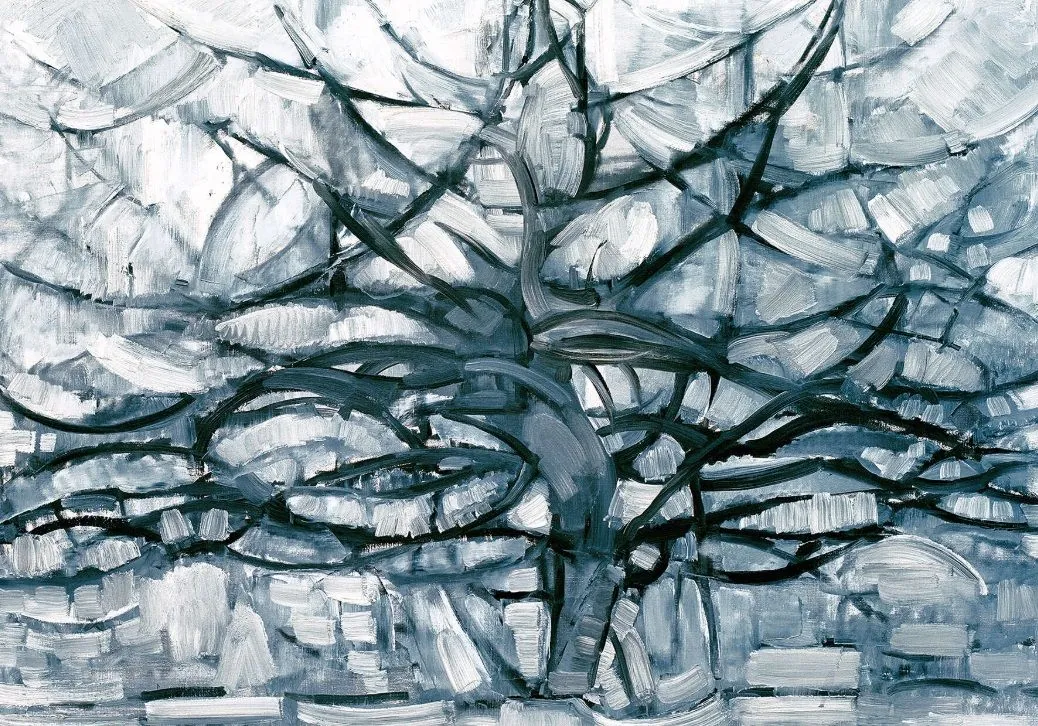Scientists discover mathematical patterns in the depiction of trees in paintings by da Vinci and Mondrian
Kyiv • UNN
Scientists have discovered that trees in paintings by famous artists comply with the mathematical laws of natural branching. The study showed that the parameter α in artworks varies from 1.5 to 2.8, just like in natural trees.

Scientists have discovered that trees depicted in paintings by such famous artists as Leonardo da Vinci and Piet Mondrian follow the mathematical laws that underlie their branching in nature.
This was reported by the Independent, UNN.
Details
According to a study published in the journal PNAS Nexus, the hidden math in some abstract paintings may even underlie our ability to recognize artwork such as images of trees.
Trees in nature follow a "self-similar" branching pattern called a fractal, in which the same structures are repeated on smaller and smaller scales from trunk to branch tip.
In a new study, scientists have mathematically studied the scaling of branch thickness in the depiction of trees in works of art. The researchers derived mathematical rules for the proportions between branch diameters and the approximate number of branches of different diameters.
We analyze trees in artworks as self-similar, fractal forms and empirically compare art with theories of branch thickness developed in biology
Leonardo da Vinci noticed that tree branches retain their thickness as they branch out.
An Italian Renaissance artist used the parameter α to determine the ratio between the diameters of different branches. He argued that if the thickness of a branch is equal to the total thickness of its two smaller branches, then the parameter α is 2.
The researchers analyzed trees in art from around the world, including the 16th-century Sidi Sayyed Mosque in Ahmedabad, India, Japanese Edo period painting, and 20th-century abstract art. They found that the α values in these works of art range from 1.5 to 2.8, which is similar to the range of this value in natural trees.
We found that α is in the range of 1.5 to 2.8, which corresponds to the range of natural trees. Although the fractal dimensionality varies considerably across trees and works of art, we found that the range of α in studies of great works of art across cultures and time periods corresponds to the range of real trees
The study also explains why even abstract paintings, such as Piet Mondrian's The Gray Tree (1912), are perceived as realistic depictions of trees.

If the artist unknowingly uses a mathematically based value of α, the human brain will still identify the image as a tree.
The researchers believe that their study opens up new perspectives in understanding the beauty of trees in art and nature. They emphasize that mathematics can help both in evaluating works of art and in creating more realistic images of natural objects.